Strawberries are vibrant and juicy red fruits known for their sweet and slightly tart flavor. They are a popular summer fruit and are often enjoyed fresh, although they can also be used in various culinary applications. Here’s a detailed description of strawberries:
- Appearance: Strawberries are small, typically heart-shaped berries with a glossy, bright red skin. They are covered in tiny seeds, which are actually the fruit’s ovaries. The green leafy cap, known as the calyx, sits on top of the berry and is usually removed before consumption.
- Size: Strawberries can vary in size, but they are generally about the size of a thumbnail. Some varieties may be smaller, while others can be larger and more robust.
- Texture: The flesh of a strawberry is soft and delicate, with a slightly grainy texture due to the small seeds that dot its surface. The skin is thin but resilient, providing a satisfying contrast to the tender interior.
- Flavor: Strawberries are prized for their sweet and refreshing taste, often described as a combination of sweetness and a hint of tartness. The flavor can vary depending on the variety and ripeness of the berry, but it is generally considered one of the most delightful tastes of summer.
- Aroma: Ripe strawberries emit a delightful, fragrant aroma that is both sweet and inviting. The scent is often associated with summertime and is a key part of their appeal.
- Nutritional Profile: Strawberries are not only delicious but also nutritious. They are a good source of vitamin C, fiber, antioxidants, and various minerals. They are also relatively low in calories, making them a healthy choice for snacking or incorporating into meals.
- Culinary Uses: Strawberries can be enjoyed in numerous ways. They are commonly eaten fresh as a snack, sliced and added to salads, or used to top desserts like cakes, ice cream, and yogurt. They can also be made into jams, jellies, and sauces, and are frequently used in baking, such as in strawberry pies and tarts.
- Seasonality: Strawberries are typically in season during the late spring and early summer months, depending on the region. They are at their peak of flavor and freshness during this time.
- Varieties: There are many strawberry varieties, each with slightly different flavors, sizes, and growing characteristics. Some well-known varieties include the June-bearing, everbearing, and day-neutral strawberries, each offering different fruiting patterns.
In summary, strawberries are delightful, vibrant red fruits that are not only visually appealing but also delicious and nutritious. Their sweet and slightly tart flavor, combined with their juicy texture and fragrant aroma, makes them a beloved fruit enjoyed in various culinary creations and as a healthy snack, especially during the summer months.

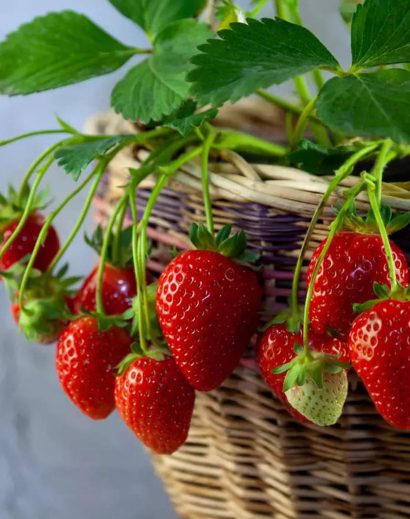
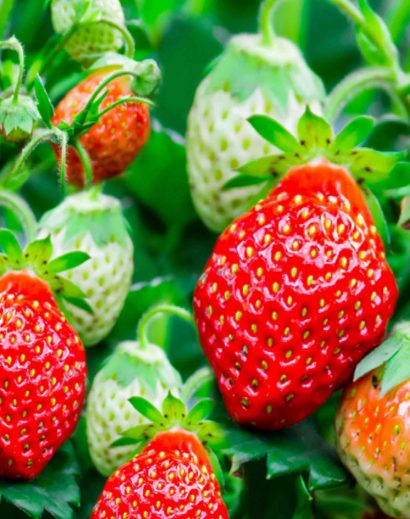
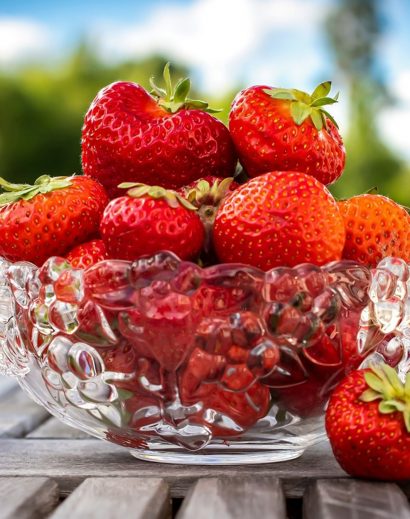
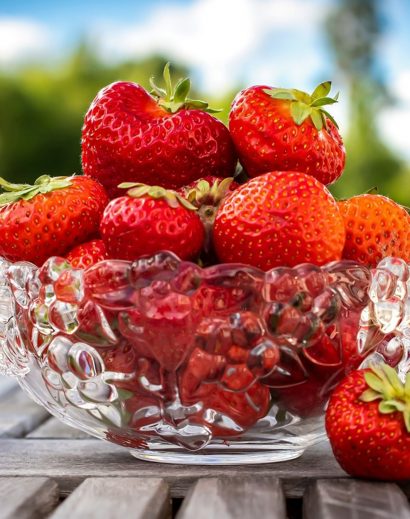
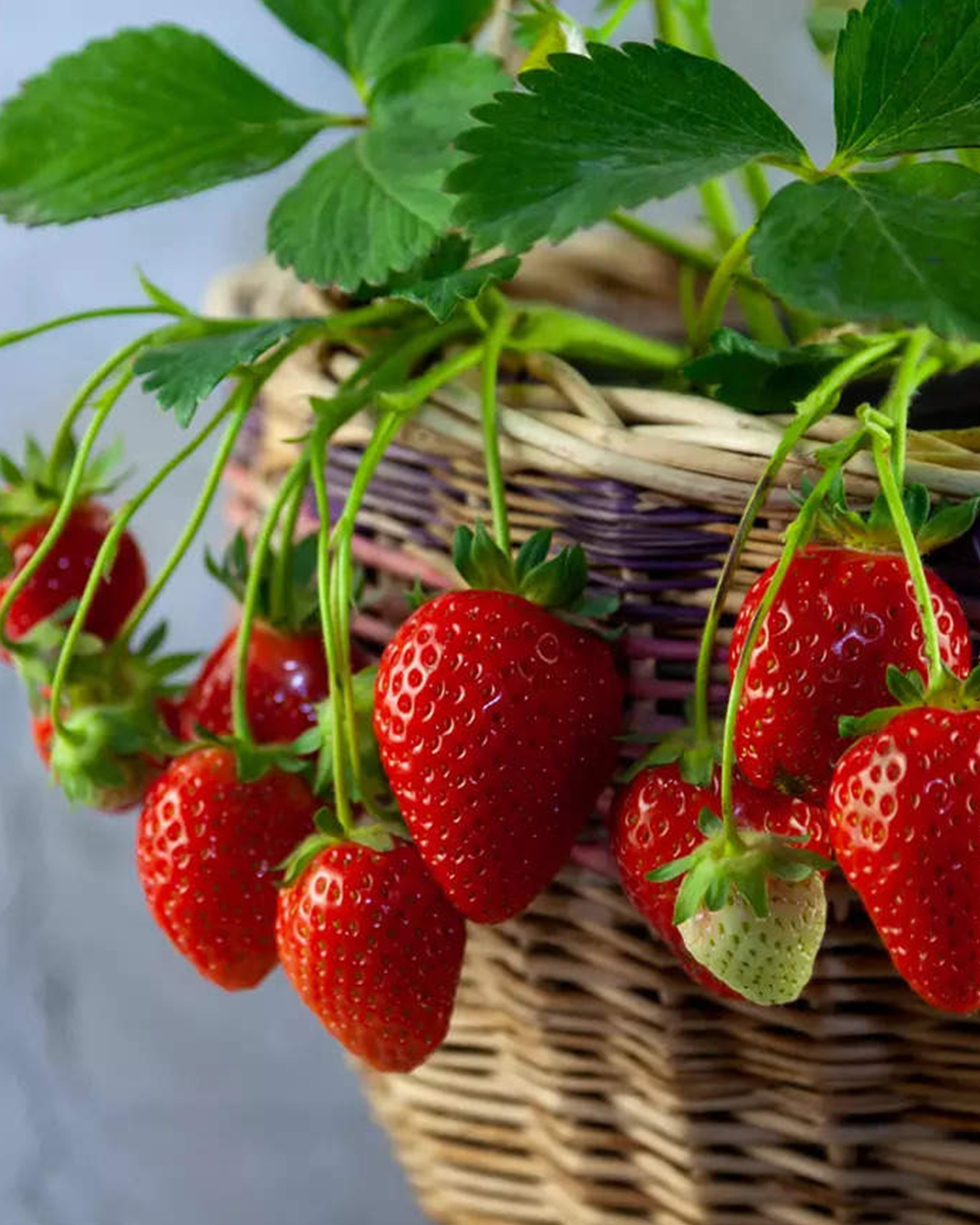
Reviews
There are no reviews yet.